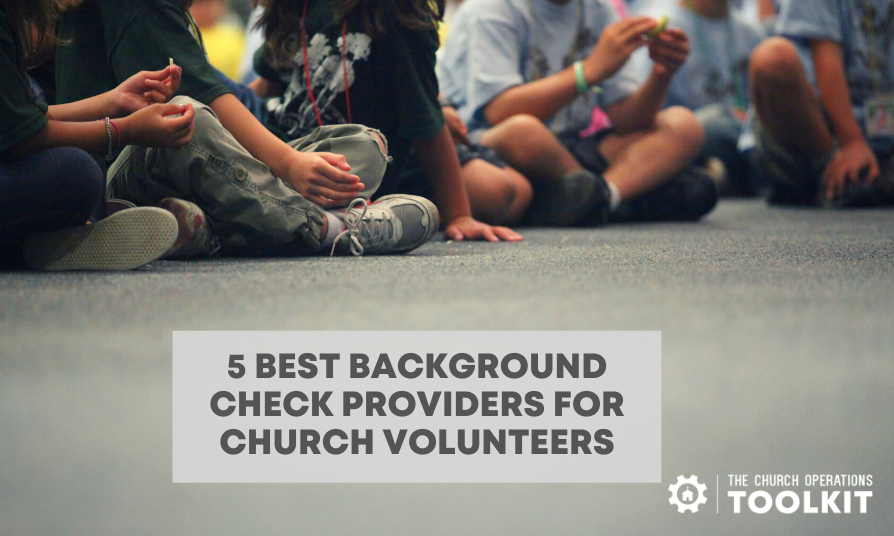We’ve all heard about or read the news stories of congregations who’ve dealt with the aftermath of a risk that came to pass. These incidents, whether natural or man-made disasters, can significantly damage those involved along with the church as a whole. The church’s reputation within the community, its witness for Christ, harm caused to individuals, plus potential financial costs can last for a long time. Thankfully, a simple risk management strategy can help you reduce the likelihood that these risks will occur.
Here are a handful of examples of what could happen:
- A child abused by a volunteer.
- A trusted elder committed fraud and stole thousands.
- A pastor’s overbearing leadership drove away staff.
- A deranged man opened fire and killed or injured a dozen people during service.
- A tornado ripped the roof off the building and the church didn’t have insurance to cover the damage.
While the specific circumstances change throughout the decades, risks aren’t new to those serving God and seeking to help His children. Back in Old Testament times, Nehemiah found himself in the middle of his own dangerous scenario when the Jews had returned from exile. Upon hearing the reports of Jerusalem’s destruction, Nehemiah immediately felt compelled to lead his countrymen in rebuilding. He traveled to Jerusalem and rallied the people to rebuild the wall.
“Those who built on the wall, and those who carried burdens, loaded themselves so that with one hand they worked at construction, and with the other held a weapon. Every one of the builders had his sword girded at his side as he built. And the one who sounded the trumpet was beside me.” – Nehemiah 4:17-18
Not everyone in the surrounding area was pleased with this development, so they threatened to attack the workers. Nehemiah heard of these threats and stationed guards to protect the workers and their families. He also ordered the workers to carry a weapon in one hand and build with the other.
Although I doubt he called it such, Nehemiah had put into place a risk management strategy.
He identified the potential risk (threats against his team of builders) and then mitigated that risk (assigned guards and armed the workers).
Nehemiah had a vision of the walls rebuilt and the Jewish remnant returning to their homeland. He was determined to make that vision a reality and worked diligently to make it happen – despite many obstacles.
Church leaders today face a variety of risks and challenges as you seek to propel the ministry vision of your church. From running background checks on volunteers, to enforcing safety procedures, and more, you’re working to prevent bad things from happening to those in your care. It’s not an easy task and the stakes are high.
The whole concept of risk management can become overwhelming.
Do we need a policy for this? How can we possibly monitor all that with the few staff and volunteers available?
While you can’t prevent every possible bad scenario (no one can), there are simple and practical steps you can take to protect your congregation. I’ve created a concise, free resource to help with your risk management efforts. It includes ten top risks to churches along with a few tips on how to prevent each. You can read it in less than 15 minutes and start taking action right away to protect your church.
Get your free copy of “10 Risks Church Leaders Can’t Afford to Ignore” by filling out the form below.




Pingback: Initiating a Practical Risk Management System for Your Church